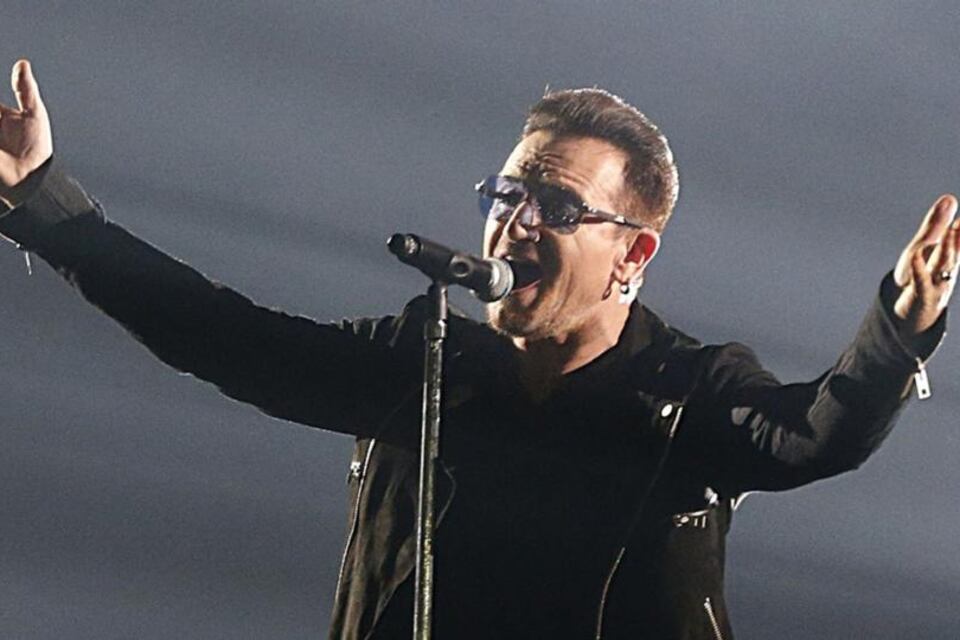In the time it takes to skim through this article, five people in East Africa will have died from hunger. For me, until recently, the term “food insecurity” conjured up numbers like that. Famine caused by drought, flooding, pestilence; rocketing wheat prices caused by war; empty supermarket aisles due to supply chain disruption.
Food parcels, soup runs, breakfast clubs and the likes of the St Vincent de Paul Christmas Annual Appeal have long been part of the fabric of Irish society, but the war in Ukraine (helped along by housing shortages) has given birth to a food poverty crisis for the most vulnerable people on this island. Food insecurity, meaning not having access to or being able to afford enough nourishing food, became a widespread problem in Ireland this year.
Last week, for example, the Capuchin Day Centre had to suspend ticket allocation for its Christmas hamper food parcel amid chaotic levels of demand. The same day, Tanya Ward of the Children’s Rights Alliance wrote to The Irish Times to say she was “deeply concerned about the issue of holiday hunger and the level of food poverty that children and young people will experience over the Christmas period”.
It reminded me why December fills me with anxiety: disparity dressed in tinsel; waste, excess – don’t mind if I do.
READ MORE
In September I started working for FoodCloud, and on the day the Capuchin centre distributed its hamper tickets, I had the opportunity to go on a “food rescue”, a twice-daily mission to collect surplus food from some of our retail partners and deliver it to our charity partners.
The van was already partly loaded with stock from the warehouse, including prized protein surplus, minced beef and yoghurts, in the chilled section. A scrape of snow covered the fields of west Dublin as Tony Kenna, the man in charge of the morning run, drove to our first stop, a community centre where one of the volunteers told Tony she’d just passed her ambulance driving test. Then an addiction recovery centre where, among other services, they offer childcare to the children of service users going through rehabilitation.
We drove down towards the city, collecting food from partner supermarkets along the way, a lucky dip of fresh and ambient goodies: fruit and veg, eggs, protein bars and bread. Tony’s arrival was announced with “FoodCloud’s here”, and crates of food appeared with great efficiency. Tallaght to Terenure, then Ranelagh and Baggot Street. If you’ve never had the opportunity to drive around in the passenger seat of a delivery van, there is no better way to see a place. Unfortunately the contrast between the haves and have nots is starker from a height.
At the Light House drop-in centre on Pearse Street, they were preparing for lunch and laying out food parcels in the entrance. The chef visibly brightened when he laid eyes on the minced beef, carefully shepherded through cold storage to be transformed into some stew-y miracle. Tony reluctantly took a break after four hours of driving. We parked beside Croppies Acre, taking in the postcard scene of the Guinness factory against a crisp winter sky. I day-dreamed about how to bottle the food rescue experience, the best geography and CSPE lesson I never had, for every secondary student in the country.
At our last stop, off Meath Street, people stood around patiently in fridge-cold temperatures across the road from the D8 Food Bank. Here, as at every stop, the volunteers were smiling, ready for an exchange with Tony. Ready to get stuck into the business of divvying up the donated food into bags. Tony’s food rescue tour of Dublin, a whistlestop of everything broken, beautiful, kind, worn down, and worth saving in our capital.
Our food system, which contributes 34 per cent to global greenhouse gas (GHG) emissions, is also broken. While 835 million people in the world do not have enough to eat, 40 per cent of all food that is produced goes to waste, and food waste alone accounts for 8-10 per cent of GHGs.
Obviously, getting nourishment to those in need can’t solve the underlying problems caused by poverty without a full suite of services including housing, counselling, drug therapy and other supports. Tackling food insecurity through the redistribution of food surplus is not easy, but it is doable, effective, and produces a tangible result, leaving charities with a greater budget to spend on these wraparound services.
Similarly, redistributing food surplus and better food waste management are only a part of the solution for our broken food system. But each of us has a part to play in reducing food waste. So this Christmas (at the risk of sounding like a blockbuster ad), if you are lucky enough to share a meal with family or friends, and if you have leftovers, respect the food, the earth and the growers that produced it: slice it, store it, freeze it and come back to it.
Angela Ruttledge is public affairs manager at FoodCloud









